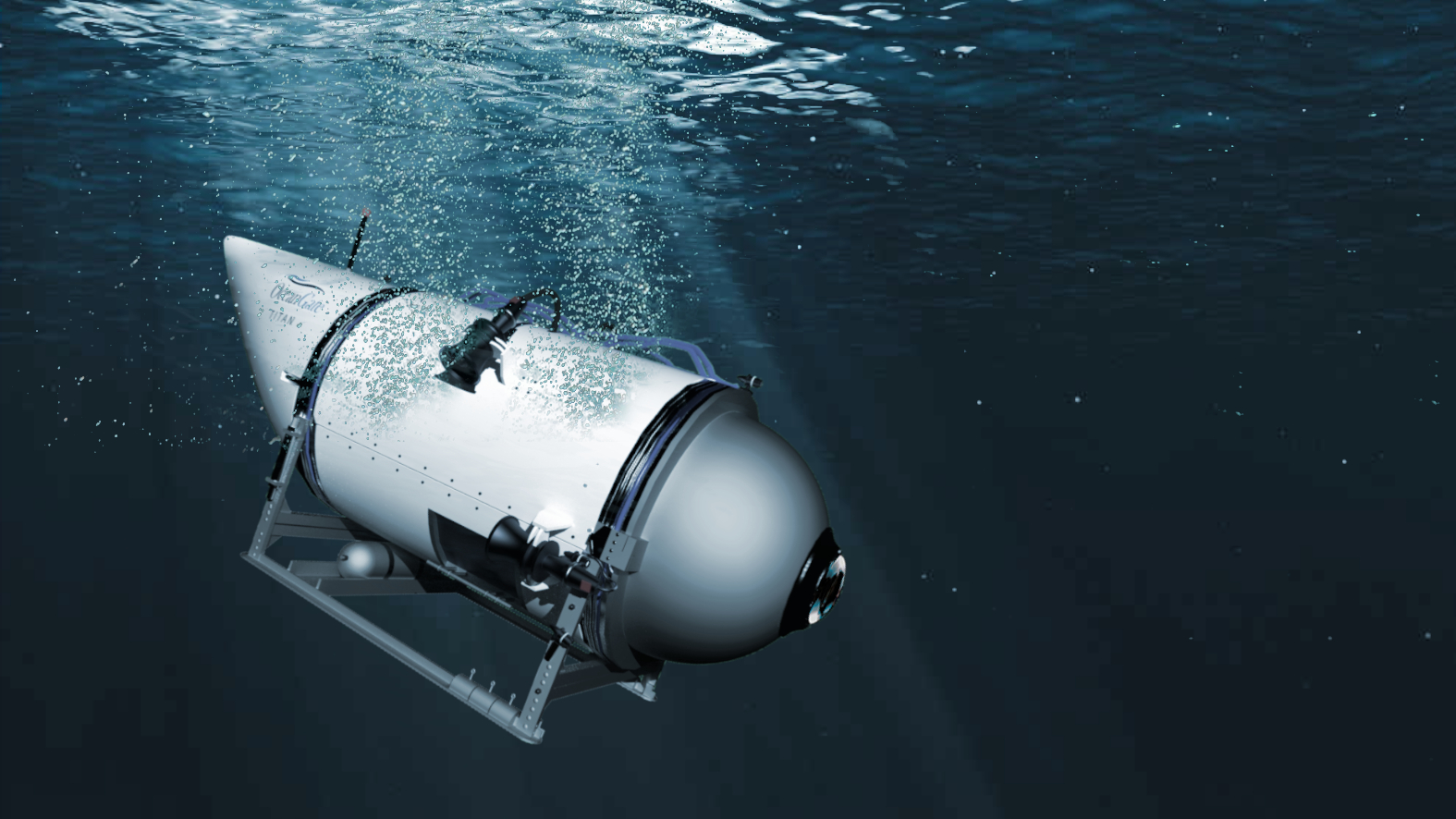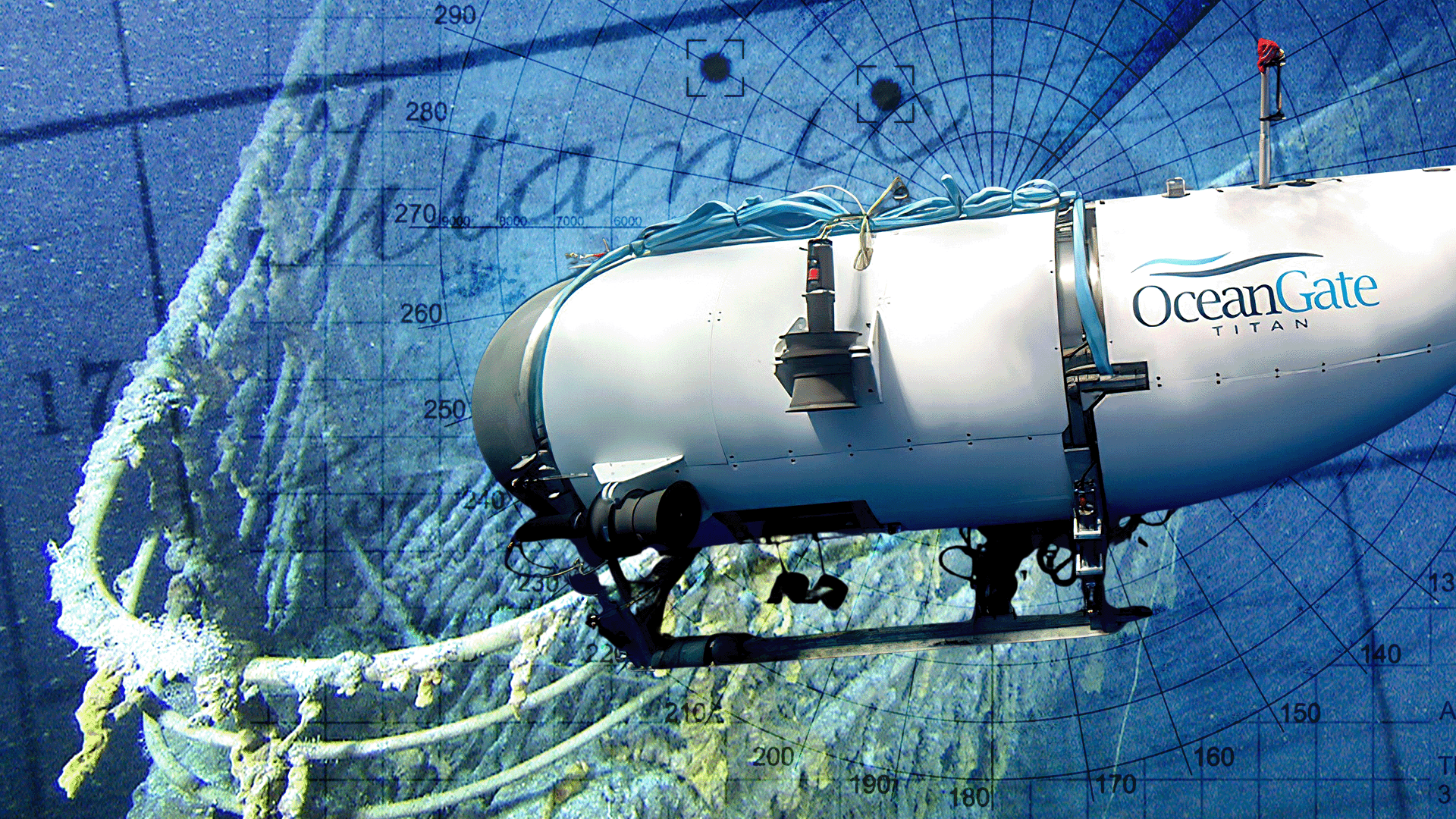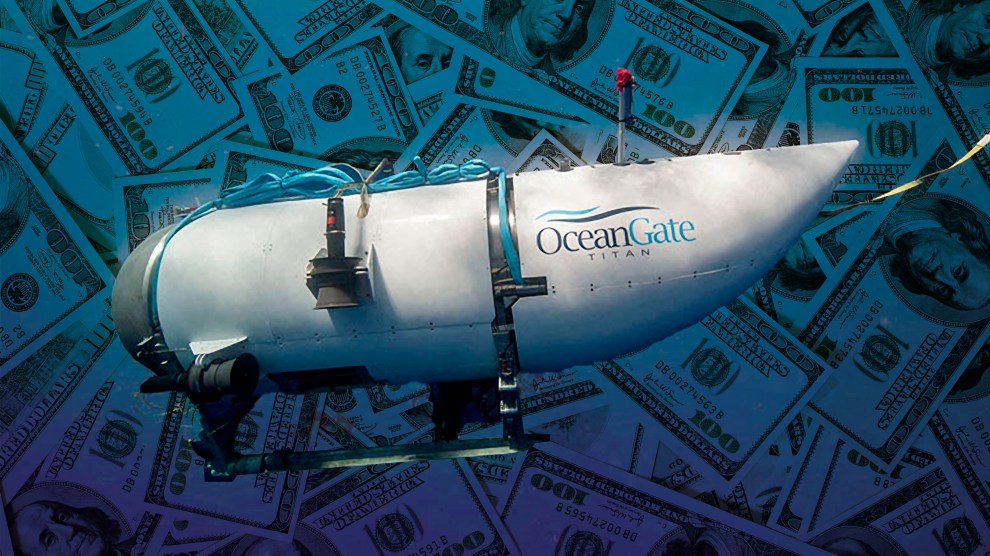
It has now been 12 months since the Titan submersible disaster, a tragedy that remains vivid in global memory. On 18 June 2023, five men embarked on a journey to the deep, intending to visit the Titanic crash site resting at the bottom of the Atlantic Ocean, a voyage from which they would never return. The world watched as a massive search and rescue operation unfolded after communication from the OceanGate sub ceased, initially clinging to the hope that the vessel might simply have been unable to surface.
Optimism was briefly fuelled by reports of rhythmic banging detected every 30 minutes, but tragically, it was too late. The five individuals onboard were OceanGate CEO Stockton Rush, British billionaire Hamish Harding, Titanic expert Paul-Henri Nargeolet, British-Pakistani billionaire Shahzada Dawood, and his 19-year-old son Suleman. Their dive ended in a catastrophic ‘implosion,’ a result of both immense water pressure and failed materials during their descent, killing all five and sending shockwaves across the globe.
A year on from this devastating event, a series of details have emerged, many highlighted during recent public hearings, suggesting that the Titan submersible, primarily masterminded by Stockton Rush, may have been an ‘accident waiting to happen.’ Evidence points to multiple individuals having reportedly warned Rush about the vessel’s safety.
Central to the concerns raised about the Titan’s design was its piloting system. Many arguably considered Rush’s decision to steer the vessel with a Logitech G F710 Wireless Gamepad, a device typically used for video games, particularly questionable. The OceanGate CEO was quoted as stating that steering the vessel “shouldn’t take a lot of skill.”

This controller, powered by two AA batteries, was viewed by experts as an unreliable piece of equipment for such a critical application. While some pointed out that manned and unmanned aircraft sometimes employ similar devices, Steve Wright, an associate professor of aerospace engineering at the University of the West of England, conveyed to CBS News that a proper steering mechanism would have been a much safer alternative. He stated, “I would expect the ‘real’ submersible controller to have a reliability of about one thousand times that of the games handset.”
Beyond the control system, the Titan was notable for its lack of space and comfort, especially considering its intended eight-hour dives to the Titanic wreckage. Measuring just 670cm x 280cm x 250cm, the vessel offered confined quarters for the five men. There were no seats inside, requiring the group to sit on the floor with very limited room for movement.
The conditions were undoubtedly claustrophobic. Passengers were even advised to restrict their diet before and during the dive to “reduce the likelihood that they needed to use the bathroom facilities.” These facilities consisted of a small box used behind a privacy curtain, underscoring the spartan nature of the vessel’s interior.
The choice of materials for the submersible’s hull also sparked considerable debate. The Titan was controversially constructed from carbon fibre, a material some experts regarded as ‘experimental’ for deep-sea use even before the fatal implosion occurred. Research conducted a year later at the University of Houston supported these concerns, suggesting this material choice may have been a fatal error.

A study published in the journal of the National Academy of Sciences (PNAS) explained that imperfections inherent in thin-walled structures, such as the Titan sub’s hull, could lead to serious damage under the immense pressures found in the ocean depths. Roberto Ballarini, the research lead and professor of civil and environmental engineering, further explained that the impact of previous dives could have made the carbon fibre hull more susceptible to ‘micro-buckling’ under intense pressure. Despite this research, the official cause of the implosion has not yet been definitively determined.
Additional criticisms were levelled against many of the components used in the sub’s construction, which others described as ‘flimsy and fragile.’ Former Royal Navy admiral Chris Parry remarked that you could acquire most of the materials “from Amazon,” suggesting a perceived lack of high-grade, purpose-built components.
The mental image of the five men in their final moments aboard the Titan is made even more distressing by the conditions inside. With the floodlights and interior lights turned off to conserve battery power, the vessel was intended to be largely in darkness, as explained by Christine Dawood, wife and mother of Shahzada and Suleman, after the tragedy.

The only sources of illumination would have been the light from computer screens, light-up pens used for logging descent data, and potentially bioluminescent creatures outside the single viewport. However, CBS journalist David Pogue, who had previously dived to the Titanic site in the Titan, offered a different account, claiming the interior was only lit by ‘camping lights’ positioned on the ceiling. He also alleged that budget security cameras and construction pipes used as ballast were among the components.
Pogue himself admitted to having “some qualms” before boarding the sub, noting that “a lot of components were off-the-shelf” and felt “improvised.” This sentiment echoed broader concerns about the vessel’s construction and readiness for deep-sea expeditions.
Despite Stockton Rush’s apparent confidence in the June 2023 dive, experts believe he should have paid attention to issues and errors that had occurred on several previous voyages. Arthur Loibl, who dived on the Titan to the Titanic wreck in August 2021, described himself as “incredibly lucky” to have survived, claiming the vessel was “not safe.”
Loibl alleged that his dive was delayed by five hours due to electrical problems before parts of the sub began to crumble off during the descent. YouTuber Alan Estrada experienced another issue during a July 2022 dive when the Titan’s battery life suddenly depleted, forcing the group to abort their voyage and return to the surface prematurely.

Josh Gates, who also visited the Titanic wreckage area in 2021, stated that the sub “did not perform well” during his time onboard. He further claimed that he “walked away from a huge opportunity to film Titanic due to my safety concerns with OceanGate.”
A significant point of contention surrounding the Titan was OceanGate’s decision to forgo having the vessel ‘classed’ by independent inspectors. Such classification is intended to ensure submersibles meet technical standards but can involve a lengthy process. The company, founded by Rush and Guillermo Söhnlein in 2009, articulated their rationale in a 2019 blog post.
They argued that classification would not “ensure that operators adhere to proper operating procedures and decision-making processes – two areas that are much more important for mitigating risks at sea.” Furthermore, they stated that while classing agencies were open to certifying innovative designs, they often had a “multi-year approval cycle due to a lack of pre-existing standards,” which they saw as “anathema to rapid innovation.”
Many experts contend that involving independent adjudicators to assess the vessel and confirm its fitness for purpose could potentially have averted last year’s disaster. The absence of this standard industry practice raised significant concerns among deep-sea professionals.
Related posts:
Experts share all ‘red flag’ signs that Titan sub was set for failure from the beginning
Titan sub disaster: Five key questions that remain
Titan submersible implosion: A haunting final message and other takeaways from the Coast Guard inquiry




